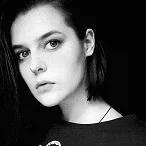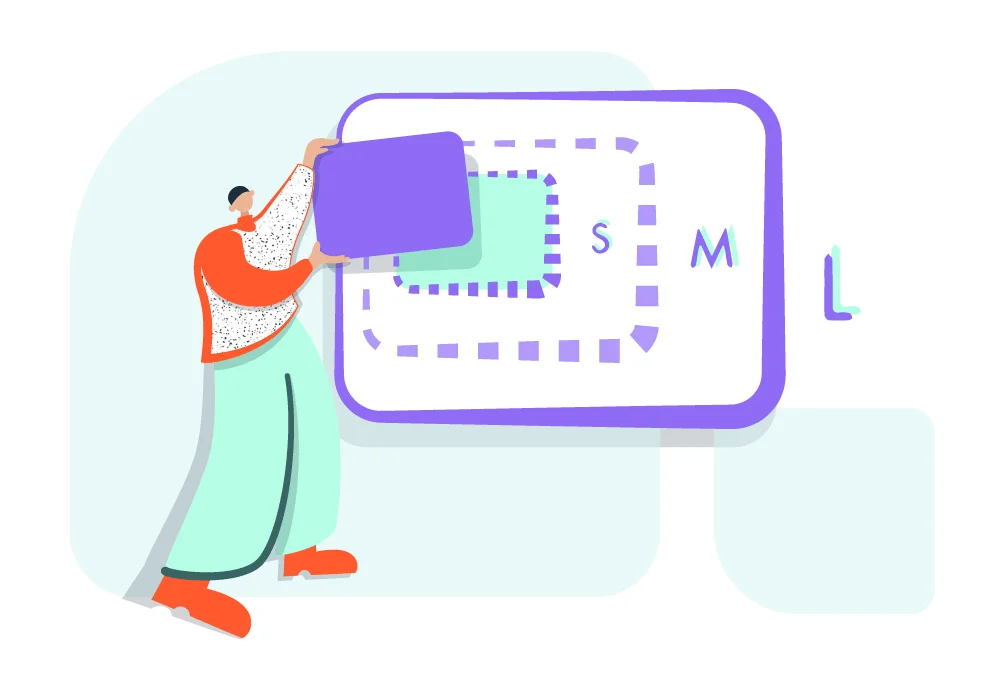The number of followers and the quality of the content won’t help your profile promotion if people don’t see your posts.
In the past the feed was chronological – the earlier the post was published, the higher in the feed it was. In 2016 Instagram changed its principles, by adding a ranking algorithm. The reason for the change was that the number of users and posts had increased and the average time people spend online hadn’t. At that rate, 50% of potentially interesting content was left unnoticed.
The algorithm aims at showing users the posts that they would like to see. Artificial intelligence is trying to predict that based on a range of factors.
Since the appearance of algorithms, users have tried to figure out how to use them to their advantage. Based on speculations, myths and beliefs have arisen that people who create content waste their time on.
We are going to tell you about the real facts, explode the myths and give you some advice that will improve your post rankings.
What factors impact the Instagram feed
The Instagram team cite 3 key factors:
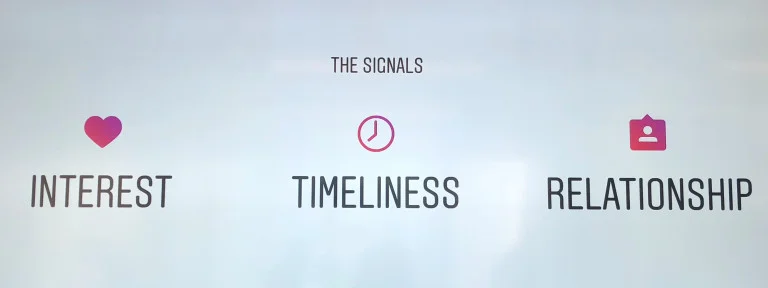
1. Interest potential
The algorithm is trying to predict what content will be of interest to the user. It makes its conclusions by analyzing their previous reaction to similar content and posts made by the specific author. For example:
- If a certain user more eagerly views videos, they will come across video posts in their feed more frequently.
- If you give likes and comments to animal pictures, they will be prioritized.
If the algorithm thinks that a certain post is worth seeing because it is receiving a strong response by users’, it may also put it to the top of the feed.
2. Recency
Since 2018 Instagram has prioritized more recent posts in its feed. This was Instagram’s response to complaints from those users who didn’t like to see old posts on top of their feed.
3. Relationship
The Instagram team highlights the importance of contact between friends and family. In priority, there are posts by a close group of your friends and relatives. However, it doesn’t mean that companies or bloggers can become part of this group. When assessing how close users are, the algorithm rests on engagement. It consists of many criteria, some of which are:
- Direct messages;
- The length of interaction with the content;
- Interaction in comments with the author and other followers;
- Likes, saved posts, and other impressions;
Additional factors that influence ranking
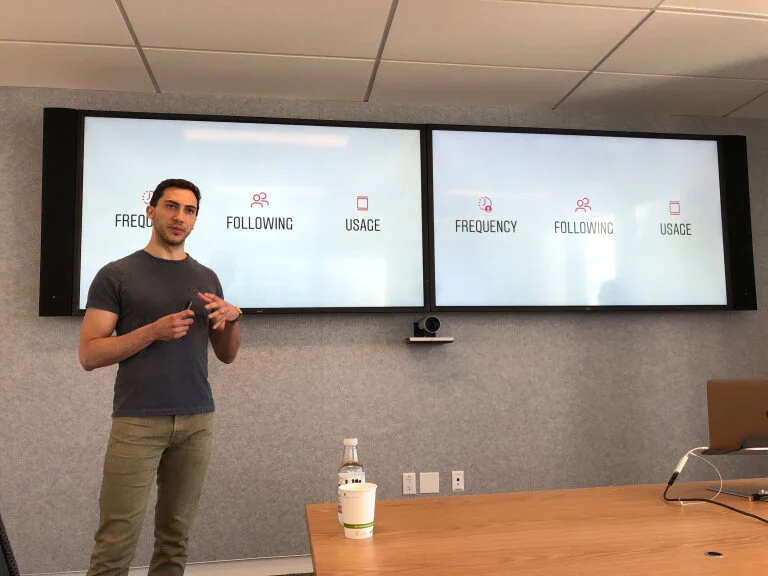 The manager of the Instagram product department explains the work of algorithms.
The manager of the Instagram product department explains the work of algorithms.Photo by Techcrunch.com
1. The frequency of app use. The algorithm will be trying to show the most interesting post that has appeared since the user checked their feed last.
2. The number of accounts the user is following. How many profiles the user is following plays an important part. The algorithm is trying to add diversity. If a person, for example, follows 300 users, they will see only a few posts from every account. If a person follows only 30 profiles, only one user may be in priority.
3. Usage. The user who spends 40 minutes a day on Instagram will see more posts (besides the “top” posts), than those who spend 10 minutes a day on Instagram. The second user will only be shown the posts that Instagram ranks as the best.
Instagram algorithms myth-busting
The Instagram team regularly refutes users’ speculations. Here are the most persistent and popular of them.
Myth #1: Instagram imposes a shadowban for frequent posts and identical hashtags.
Truth: the algorithm doesn’t exclude posts from users’ feeds. All the posts will be seen if you scroll long enough. There is only a punishment for breaking the rules of the social network, in which case either the post will be deleted or the user’s account will be blocked.
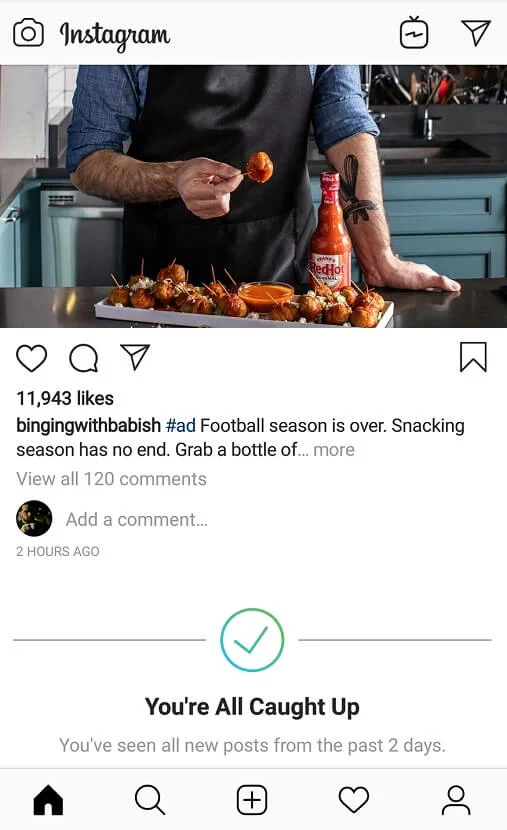
Myth #2: the algorithm shows only 7% of your followers’ content
Truth: the social network doesn’t reduce your reach and doesn’t try to limit it to certain numbers.
This was written about on the Instagram Twitter account.
Myth #3: well-performing stories or Instagram Live streams improve your ratings on the Instagram feed
Truth: other formats don’t make a difference to post ranking. The social network doesn’t mix metrics.
Myth #4: verified accounts have benefits, and switching to a business account will decrease your ratings
Truth: verification itself doesn’t influence the ratings. Posts by business accounts and private accounts are viewed equally by the algorithm.
Myth #5: videos always get priority on the feed
Truth: the algorithm doesn’t improve post ratings just because of video format. However, video content attracts the attention of many users and keeps viewers interested longer than a photo or a text.
7 methods to make your posts more attractive for the algorithm
1. Post content more often. The more posts you have, the more likely it is to be noticed by your followers. But don’t compromise quality in the name of quantity.
2. Pay attention to when your audience is most active on Instagram.
Remember that more recent posts are always prioritized. Find out about the best time for posting with the help of Instagram Analytics:
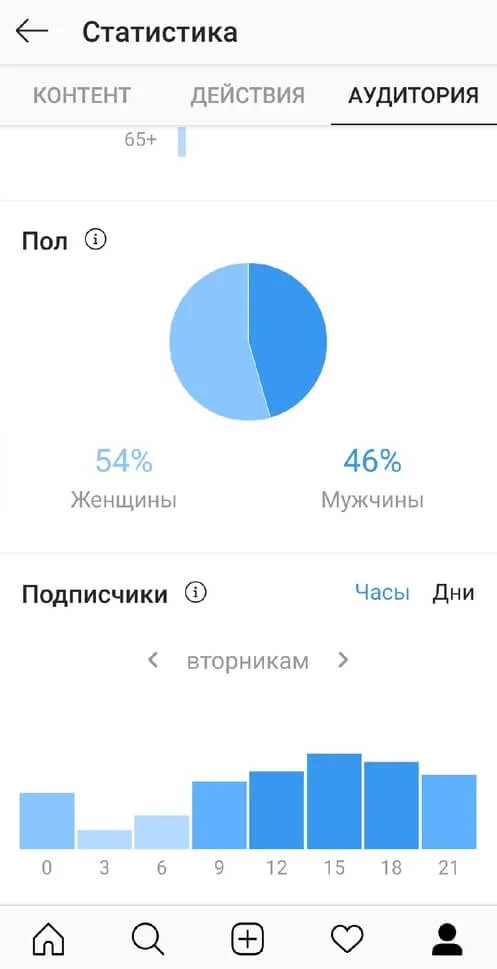
3. Stimulate engagement by running giveaways. From time to time run giveaways for your followers. It will boost activity on your profile.
4. Deepen the bond with your followers. So that the algorithm thinks that you are close enough with your audience, write elaborate answers to comments, give likes, comment on your followers’ posts, and answer direct messages.
5. Ask your followers to turn on notifications of new posts. But do so in a non-intrusive way, highlighting the benefits for the audience.
6. Publish qualitative and useful content. Improve the quality of pictures and videos, try out new methods of processing, play around with new designs and write catchy descriptions.
7. Analyze posts that got the most and the least number of impressions. Recognize patterns: what does your audience like and what does it react to most actively?
Key points about the Instagram algorithm
- The algorithm tries to figure out what content is more relevant for this particular user and puts it above other posts.
- The three main factors that determine the position of a post on the feed are its interest potential to the user, the recency of the post, and the extent with which you interact with the user.
- Feed organization depends on how often users open the app, how much time they spend using the app, and how many profiles they follow.
- Verified accounts don’t have any benefits, and switching to a business account won’t lower your ranking all else being equal.
- Having lots of views on your stories or Instagram Live doesn’t have any influence on the feed.
- Interacting with users (chatting in comments or direct messages), posting catchy photos and videos as well as writing well-thought-out descriptions that stir up conversation can increase the chances of getting your post to the top of the feed.

